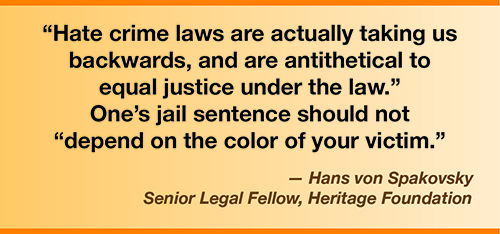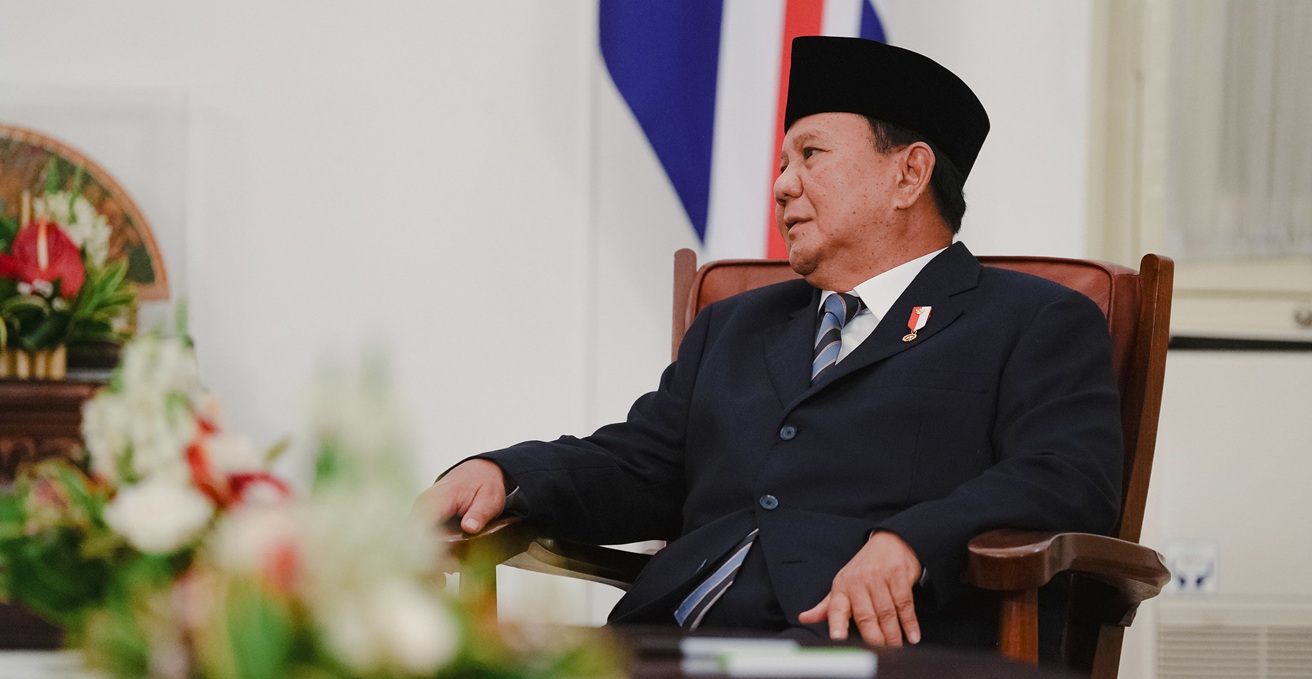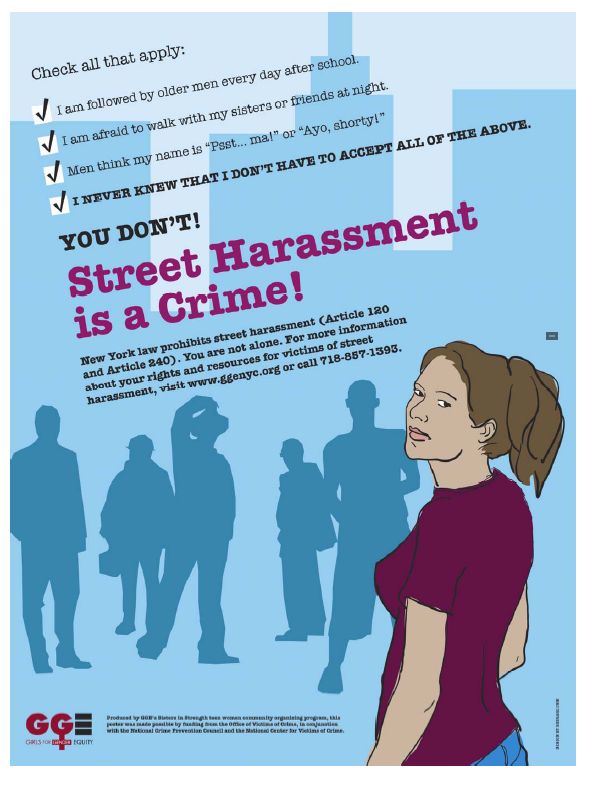

Adolescent Health and Well-being in Eastern and Southern Africa
Adolescents (ages 10-19) undergo a dynamic period of development. Yet many adolescents face ongoing challenges to realizing their full potential, including sexual and reproductive health (SRH) and HIV. In Eastern and Southern Africa, where 70 per cent of the global population of adolescents living with HIV reside, adolescents not only exhibit sub-optimal rates of antiretroviral treatment adherence and viral suppression but also face broader SRH risks, including early and unintended pregnancy, violence, and poor mental health.
Understanding and meeting the SRH needs of adolescents and young people is essential in supporting this growing population to thrive. A research partnership between the UNICEF Eastern and Southern Africa regional office, the University of Oxford, and the University of Cape Town, leads us to know more about the drivers of adolescent risk in the context of HIV and SRH, and which interventions can accelerate improving adolescent health and well-being outcomes.
The Sustainable Development Goals (SDGs)
The research partnership, which spanned 2018 to 2023, focused on the delivery of sustainable, scalable services to improve HIV, SRH and broader adolescent well-being. It demonstrated a commitment to generating and using the best current evidence to propose practical solutions and guide decision-making. This partnership prioritised South-North collaboration leveraged learning across the region and fostered the professional development of early career researchers.
Key Findings and Actions
- Adolescents in Eastern and Southern Africa face significant challenges in realizing their full potential.
- Sub-optimal rates of antiretroviral treatment adherence and viral suppression are observed among adolescents living with HIV.
- Adolescents also face broader SRH risks, including early and unintended pregnancy, violence, and poor mental health.
- Understanding and meeting the SRH needs of adolescents is crucial for their well-being.
- The research partnership between UNICEF, the University of Oxford, and the University of Cape Town aims to address these challenges.
- The partnership focuses on delivering sustainable, scalable services to improve HIV, SRH, and broader adolescent well-being.
Evidence to Action
Six evidence to action briefs alongside numerous articles in peer-reviewed journals and dissemination of findings through webinars, conferences, and other symposia have been used to integrate evidence into programming for adolescents.
SDGs, Targets, and Indicators
| SDGs | Targets | Indicators |
|---|---|---|
| SDG 3: Good Health and Well-being | Target 3.3: By 2030, end the epidemics of AIDS, tuberculosis, malaria, and neglected tropical diseases and combat hepatitis, water-borne diseases, and other communicable diseases | Indicator 3.3.2: Number of new HIV infections per 1,000 uninfected population, by sex, age, and key populations |
| SDG 5: Gender Equality | Target 5.6: Ensure universal access to sexual and reproductive health and reproductive rights as agreed in accordance with the Programme of Action of the International Conference on Population and Development and the Beijing Platform for Action and the outcome documents of their review conferences | Indicator 5.6.1: Proportion of women aged 15-49 years who make their own informed decisions regarding sexual relations, contraceptive use, and reproductive health care |
| SDG 10: Reduced Inequalities | Target 10.3: Ensure equal opportunity and reduce inequalities of outcome, including by eliminating discriminatory laws, policies, and practices and promoting appropriate legislation, policies, and action in this regard | Indicator 10.3.1: Proportion of population reporting having personally felt discriminated against or harassed in the previous 12 months on the basis of a ground of discrimination prohibited under international human rights law |
| SDG 16: Peace, Justice, and Strong Institutions | Target 16.2: End abuse, exploitation, trafficking, and all forms of violence against and torture of children | Indicator 16.2.3: Proportion of young women and men aged 18-29 years who experienced sexual violence by age 18 |
1. Which SDGs are addressed or connected to the issues highlighted in the article?
- SDG 3: Good Health and Well-being
- SDG 5: Gender Equality
- SDG 10: Reduced Inequalities
- SDG 16: Peace, Justice, and Strong Institutions
2. What specific targets under those SDGs can be identified based on the article’s content?
- Target 3.3: By 2030, end the epidemics of AIDS, tuberculosis, malaria, and neglected tropical diseases and combat hepatitis, water-borne diseases, and other communicable diseases
- Target 5.6: Ensure universal access to sexual and reproductive health and reproductive rights as agreed in accordance with the Programme of Action of the International Conference on Population and Development and the Beijing Platform for Action and the outcome documents of their review conferences
- Target 10.3: Ensure equal opportunity and reduce inequalities of outcome, including by eliminating discriminatory laws, policies, and practices and promoting appropriate legislation, policies, and action in this regard
- Target 16.2: End abuse, exploitation, trafficking, and all forms of violence against and torture of children
3. Are there any indicators mentioned or implied in the article that can be used to measure progress towards the identified targets?
- Indicator 3.3.2: Number of new HIV infections per 1,000 uninfected population, by sex, age, and key populations
- Indicator 5.6.1: Proportion of women aged 15-49 years who make their own informed decisions regarding sexual relations, contraceptive use, and reproductive health care
- Indicator 10.3.1: Proportion of population reporting having personally felt discriminated against or harassed in the previous 12 months on the basis of a ground of discrimination prohibited under international human rights law
- Indicator 16.2.3: Proportion of young women and men aged 18-29 years who experienced sexual violence by age 18
4. Table: SDGs, Targets, and Indicators
| SDGs | Targets | Indicators |
|---|---|---|
| SDG 3: Good Health and Well-being | Target 3.3: By 2030, end the epidemics of AIDS, tuberculosis, malaria, and neglected tropical diseases and combat hepatitis, water-borne diseases, and other communicable diseases | Indicator 3.3.2: Number of new HIV infections per 1,000 uninfected population, by sex, age, and key populations |
| SDG 5: Gender Equality | Target 5.6: Ensure universal access to sexual and reproductive health and reproductive rights as agreed in accordance with the Programme of Action of the International Conference on Population and Development and the Beijing Platform for Action and the outcome documents of their review conferences | Indicator 5.6.1: Proportion of women aged 15-49 years who make their own informed decisions regarding sexual relations, contraceptive use, and reproductive health care |
| SDG 10: Reduced Inequalities | Target 10.3: Ensure equal opportunity and reduce inequalities of outcome, including by eliminating discriminatory laws, policies, and practices and promoting appropriate legislation, policies, and action in this regard | Indicator 10.3.1: Proportion of population reporting having personally felt discriminated against or harassed in the previous 12 months on the basis of a ground of discrimination prohibited under international human rights law |
| SDG 16: Peace, Justice, and Strong Institutions | Target 16.2: End abuse, exploitation, trafficking, and all forms of violence against and torture of children | Indicator 16.2.3: Proportion of young women and men aged 18-29 years who experienced sexual violence by age 18 |
Copyright: Dive into this article, curated with care by SDG Investors Inc. Our advanced AI technology searches through vast amounts of data to spotlight how we are all moving forward with the Sustainable Development Goals. While we own the rights to this content, we invite you to share it to help spread knowledge and spark action on the SDGs.
Fuente: unicef.org

Join us, as fellow seekers of change, on a transformative journey at https://sdgtalks.ai/welcome, where you can become a member and actively contribute to shaping a brighter future.






